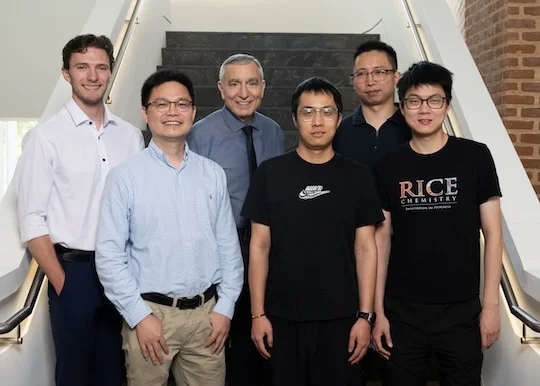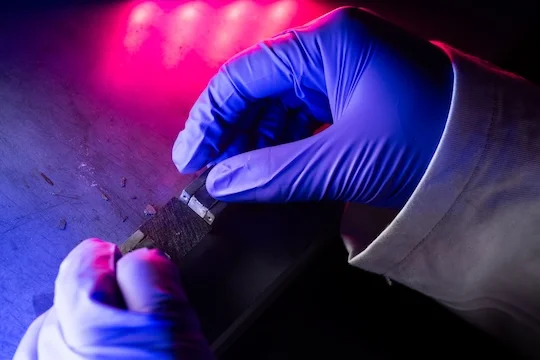The recovery of critical elements from electronic waste could be entering a new era thanks to the work of a group of researchers at Rice University in the United States. The team, led by James Tour and Shichen Xu, has developed a single-step thermal method that allows rare earth elements to be extracted from discarded magnets without generating liquid waste or resorting to acids.
The process, based on flash Joule heating (FJH) combined with chlorine gas, manages to raise the temperature of magnetic waste to thousands of degrees in milliseconds . This is when metals such as iron and cobalt are converted into volatile chlorides and separated from the solid material containing the rare earth oxides. All this occurs in a matter of seconds and without consuming any water .
A more efficient approach than hydrometallurgy
Tests were conducted with neodymium-iron-boron and samarium-cobalt magnets, and the results showed over 90% purity and rare earth recovery efficiency . A life-cycle analysis also demonstrated an 87% reduction in energy consumption, an 84% reduction in greenhouse gas emissions, and a 54% reduction in operating costs compared to conventional processes.
Xu explained that the key to the method lies in thermodynamic selectivity; materials behave differently under chlorine gas and high temperatures, a behavior that is leveraged to easily separate unwanted elements.

Potential for a local electronic recycling network
Beyond the lab, the process developed at Rice has immediate industrial implications, such as creating a closed loop for these critical materials, recovering them from end-of-life products like hard drive magnets, speaker magnets, wind turbine motors , and more, rather than simply extracting them from mines.
Although the process does not recycle entire electronic devices, the idea is that instead of sending electronic waste to a large chemical plant, it could be treated at decentralized sites with this technology that does not require water or hazardous reagents .
Why is this such an important advance?
There is currently a global effort to develop methods to recover rare earths from critical elements such as e-waste , and China controls between 63% and 97% of the global rare earth supply chain , a dependence that poses geopolitical and supply risks. This is driving the search for alternatives, such as recycling.
This translates into a boost in the search for alternatives by entities such as the European Union and the United States, which are seeking to reduce their dependence on rare earth imports. Furthermore, the intellectual property has already been licensed to Flash Metals USA, a Texas startup that expects to begin production in 2026; a clear indicator that the process is considered commercially viable .
Source and Photo: Rice University .


